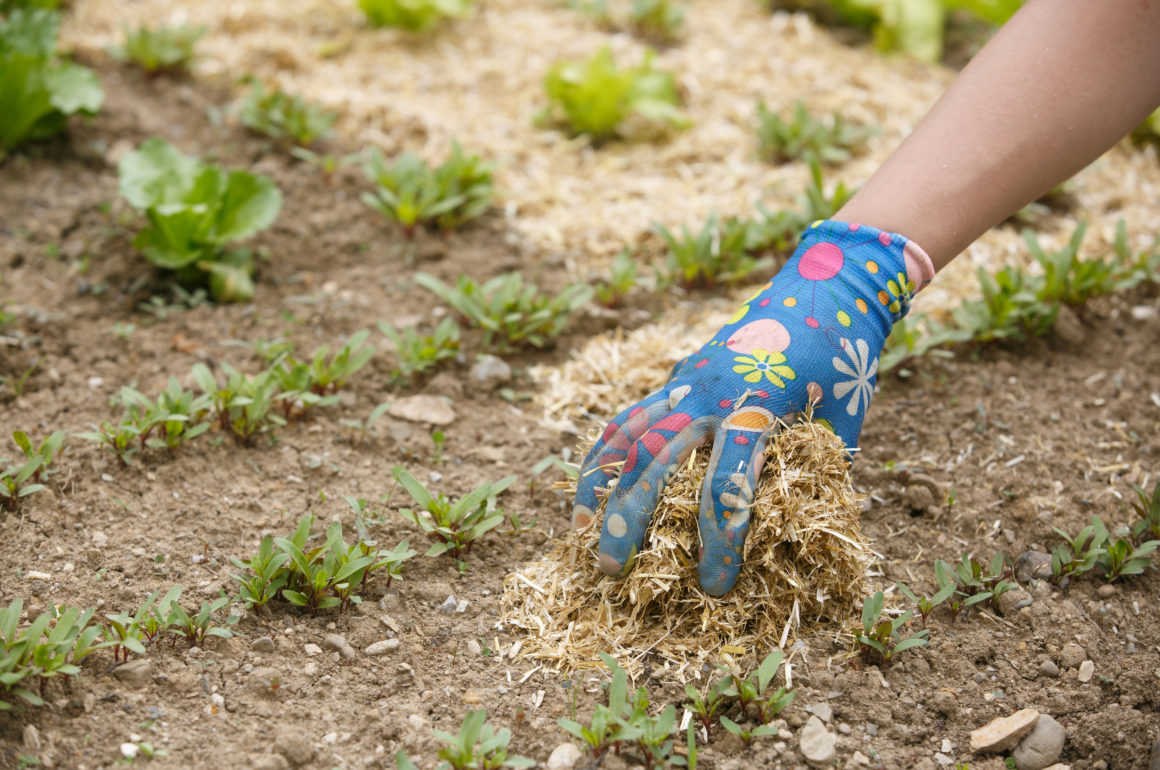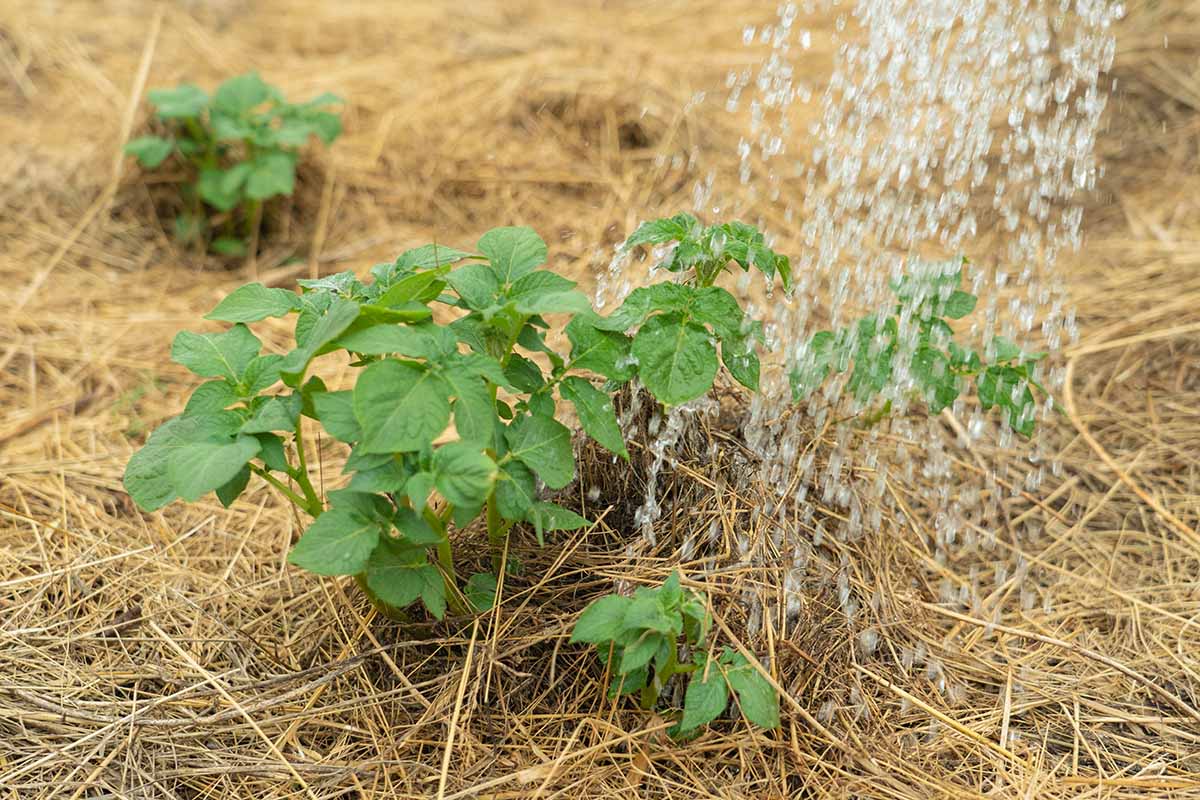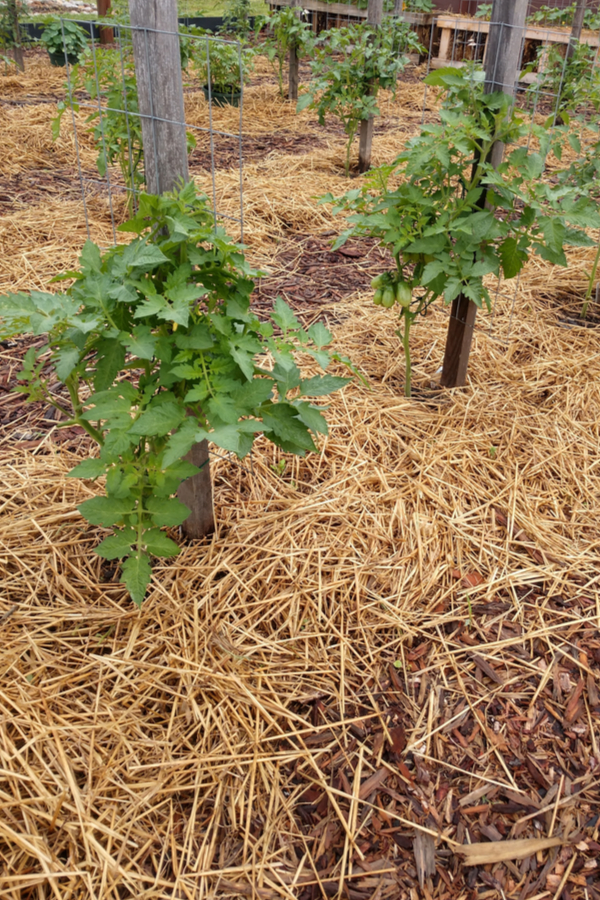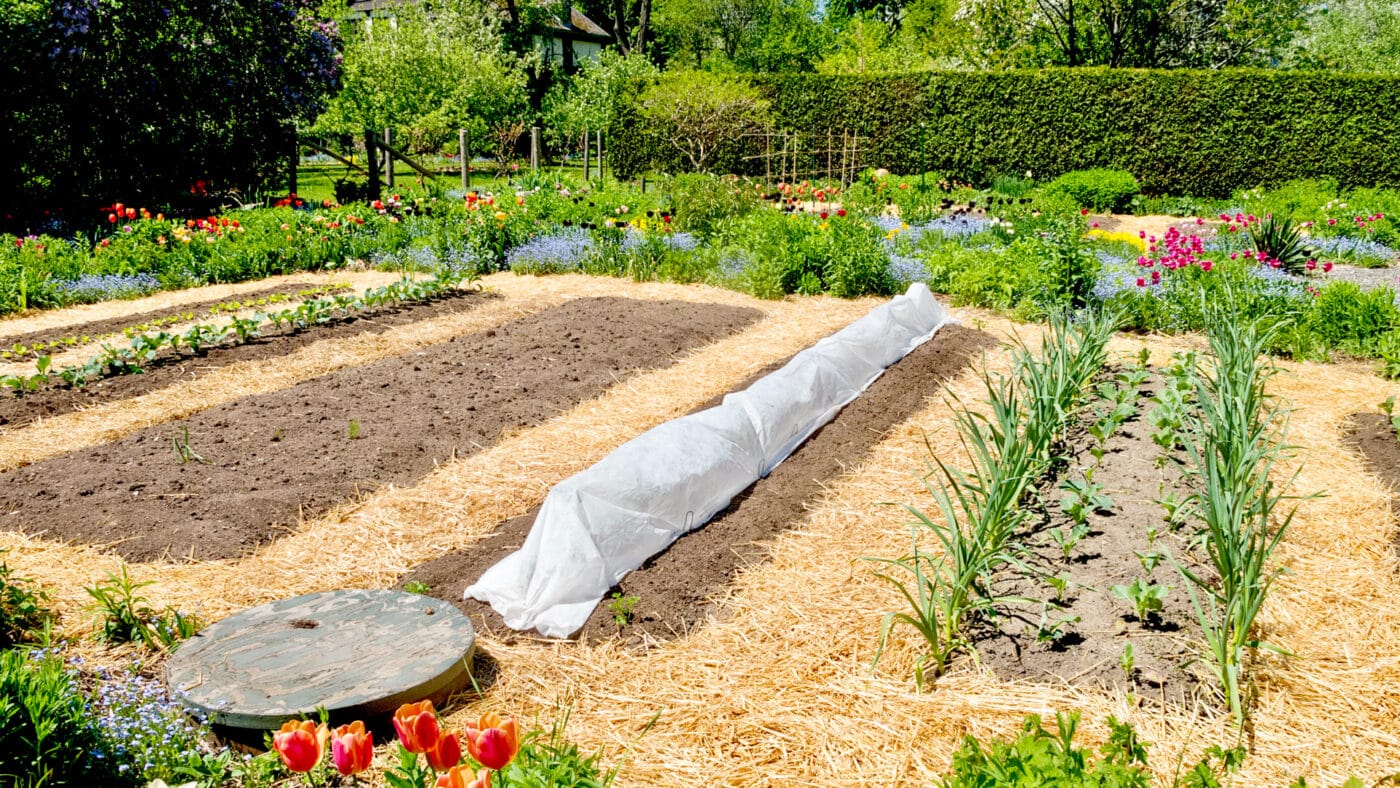How Straw Mulch Can Improve Your Garden In Days Or Less
Introduction
Straw mulch is a great way to improve your garden in a short amount of time. It can help to conserve moisture, suppress weeds, and improve the overall health of your soil. In this blog post, I will discuss the benefits of straw mulch and how to use it in your garden.
Benefits of Straw Mulch
- Conserves moisture: Straw mulch helps to slow down evaporation, which means that you will have to water your plants less often. This is especially beneficial during hot, dry weather.
- Suppresses weeds: Straw mulch creates a physical barrier that prevents weeds from germinating. This can save you a lot of time and effort weeding.
- Improves soil health: As straw mulch breaks down, it adds organic matter to the soil. This helps to improve the soil's structure and drainage, and it also provides nutrients for plants.
- Attracts beneficial insects: Straw mulch can attract beneficial insects, such as ladybugs and spiders, which help to control pests.
How to Use Straw Mulch
- Choose the right type of straw: Not all straw is created equal. For mulching, you want to use straw that is free of seeds and chemicals. You can find straw at most garden centers or farm supply stores.
- Apply the straw mulch: Straw mulch should be applied to a depth of 2-3 inches. Be sure to spread the straw evenly over the soil surface.
- Water the straw mulch: After you have applied the straw mulch, water it thoroughly. This will help the straw to settle and prevent it from blowing away.
Conclusion
Straw mulch is a great way to improve your garden in a short amount of time. It is easy to use and provides a number of benefits, including moisture conservation, weed suppression, and improved soil health. If you are looking for a way to improve your garden, I encourage you to try using straw mulch.
Straw mulch is a great way to improve your garden. It helps regulate moisture and temperature, reduces necessary weeding, and builds healthy soil. If you're interested in learning more about straw mulch, I recommend visiting Garden Wiki. This website has a wealth of information about straw mulch, including how to use it, the benefits it provides, and where to buy it.
FAQ of straw mulch
- What is straw mulch?
Straw mulch is a type of organic mulch made from dried wheat, barley, or oat straw. It is a popular choice for gardens and landscapes because it is relatively inexpensive, easy to find, and effective at suppressing weeds.
- What are the benefits of using straw mulch?
Straw mulch offers a number of benefits for gardens and landscapes, including:
Suppressing weeds. Straw mulch creates a physical barrier that prevents weeds from germinating.
Retaining moisture. Straw mulch helps to retain moisture in the soil, which is especially beneficial during hot, dry weather.
Improving drainage. Straw mulch helps to improve drainage by breaking up compacted soil and creating air pockets.
Attracting beneficial insects. Straw mulch provides a habitat for beneficial insects, such as ladybugs and spiders, which help to control pests.
Adding organic matter to the soil. As straw mulch breaks down, it adds organic matter to the soil, which improves fertility and drainage.
How do I use straw mulch?
To use straw mulch, simply spread it evenly over the soil around your plants. The thickness of the mulch layer will depend on the type of plants you are growing and the climate you live in. In general, a layer of 2-4 inches is sufficient.
- Is straw mulch safe for pets and children?
Yes, straw mulch is safe for pets and children. However, it is important to note that straw mulch can harbor pests, such as rodents and insects. If you are concerned about pests, you can treat the straw mulch with a pesticide before spreading it.
- How long does straw mulch last?
Straw mulch will last for about 1-2 years before it breaks down completely. However, the lifespan of the mulch will depend on the climate you live in and how thick the mulch layer is. In hot, dry climates, the mulch will break down more quickly.
- What are some alternatives to straw mulch?
There are a number of alternatives to straw mulch, including:
Wood chips
Bark chips
Pine needles
Cocoa bean hulls
Peanut hulls
Rice hulls
How do I dispose of straw mulch?
Once straw mulch has broken down, it can be added to the compost pile or simply left on the ground to decompose naturally.
Image of straw mulch
- A pile of straw mulch in a garden bed.
- A gardener spreading straw mulch around a plant.

- A close-up of straw mulch, showing the individual straw strands.

- A row of straw mulched tomato plants.

- A strawberry bed covered in straw mulch.

- A pot of herbs with straw mulch around the base.

- A birdbath surrounded by straw mulch.

- A walkway lined with straw mulch.

- A flower bed covered in straw mulch in the fall.

- A winter garden with straw mulch covering the plants.

Post a Comment for "How Straw Mulch Can Improve Your Garden In Days Or Less"